The United States is entering a new era of infrastructure development, thanks to the passage of the $1.2 trillion infrastructure bill, which was signed into law in November 2021. This transformative legislation is set to spark a significant construction boom across the country, with profound impacts on every state. For engineers, contractors, project managers, and stakeholders across the industry, this bill presents a wealth of opportunities. The focus of the bill is not just on repairing and replacing the nation’s aging infrastructure but also on ushering in a new era of sustainability, technological advancement, and economic growth. In this article, we explore how the infrastructure bill is driving growth, its impact on the workforce, and how engineering and construction professionals can leverage this massive influx of funding to shape the future of U.S. infrastructure.
The infrastructure bill is one of the most ambitious investments in the nation’s infrastructure in recent decades. It covers a vast range of areas, including the repair and reconstruction of roads and bridges, the expansion of broadband networks, investments in public transit, clean energy projects, water systems, and electric vehicle charging infrastructure. In total, the bill allocates billions of dollars to these key sectors, including:
- Roads and Bridges: $110 billion is earmarked for repairing and replacing roads, highways, and bridges. These repairs address the deteriorating state of many American roads, improving safety, reducing traffic congestion, and enhancing mobility.
- Broadband Expansion: The bill dedicates $65 billion to expanding broadband internet access, ensuring that even the most underserved rural areas have access to high-speed internet.
- Public Transportation: With $39 billion allocated to public transit systems, the bill aims to modernize and expand buses, subways, and rail systems, which are crucial to addressing urban congestion and improving the quality of life for millions.
- Water Infrastructure: $55 billion is being invested in replacing lead pipes, upgrading water treatment plants, and ensuring clean water access to communities across the nation.
- Clean Energy and EV Infrastructure: The bill also takes significant steps toward environmental sustainability, with major investments in electric vehicle charging infrastructure and clean energy projects, reducing emissions and boosting the shift toward greener technologies.
The infrastructure bill is designed not only to address long-overdue repairs and updates but also to promote technological innovation, energy sustainability, and improved quality of life for the nation’s citizens.
One of the most immediate effects of the infrastructure bill will be the creation of millions of new jobs. As the nation invests in large-scale construction projects, there will be an increased demand for skilled workers across a variety of fields. Engineers, construction laborers, equipment operators, project managers, and trade professionals will be in high demand, as the need to execute these projects efficiently becomes paramount.
The bill’s provisions for workforce development are also noteworthy. Federal funds will be used to train and upskill a new generation of workers who will support this construction boom. The infrastructure bill sets aside resources to support training programs and apprenticeship initiatives that will ensure the workforce is prepared to handle the challenges of new projects. These programs will target a variety of demographics, including underrepresented communities, veterans, and young people looking to enter the construction field.
For engineers, this surge in construction activity offers a wealth of opportunities. Civil engineers, project managers, environmental engineers, and construction managers will be needed to oversee the planning, design, and execution of these extensive projects. Those with expertise in transportation, renewable energy, and infrastructure modernization will see a significant demand for their skills, particularly as the nation pivots toward sustainable, green technologies.
Beyond the creation of jobs within the construction and engineering sectors, the infrastructure bill is set to stimulate the U.S. economy at large. A surge in construction activity leads to an increase in the demand for construction materials, which in turn supports industries such as steel production, cement manufacturing, and machinery supply. This expansion will create a ripple effect throughout the supply chain, from raw materials to finished goods, spurring job creation and economic growth in regions that support these industries.
Additionally, the economic impact of infrastructure improvements extends beyond just construction-related industries. Enhanced transportation networks, modernized energy grids, and improved water and broadband systems will make U.S. cities and communities more efficient, leading to higher productivity and new economic opportunities. With improved infrastructure, businesses will be able to move goods and services more quickly, reducing operational costs and improving competitiveness in both domestic and global markets.
The expansion of broadband infrastructure is particularly noteworthy. By connecting rural and underserved urban areas to high-speed internet, the bill is providing new opportunities for entrepreneurship and digital services. Businesses and educational institutions will benefit from more reliable and faster internet access, while individuals will gain access to online resources that were previously unavailable to them.
In addition to addressing immediate infrastructure needs, the bill emphasizes long-term sustainability and the development of green technologies. The $7.5 billion dedicated to electric vehicle (EV) infrastructure will help accelerate the transition to cleaner transportation. As electric vehicles become more prevalent on U.S. roads, the need for a comprehensive EV charging network becomes even more critical. This expansion will create new opportunities for engineers, particularly those with expertise in energy systems, to design and implement charging stations across the nation.
Similarly, the bill prioritizes investments in renewable energy and energy efficiency. This includes funding for energy-efficient buildings, clean energy research and development, and technologies designed to reduce carbon emissions. Engineers with experience in renewable energy, solar power, wind energy, and energy storage systems will find an increasing demand for their expertise, particularly as the U.S. seeks to meet its climate goals and transition to a low-carbon economy.
By fostering these sustainable technologies, the infrastructure bill not only provides economic and environmental benefits but also creates a more resilient and energy-efficient infrastructure for future generations.
While the infrastructure bill is a catalyst for growth, its successful implementation will require careful management. As states and local governments begin executing these projects, challenges related to supply chains, labor shortages, and rising construction costs may emerge.
The increased demand for construction materials, coupled with global supply chain disruptions, could lead to price hikes and delays in material procurement. Engineers and contractors will need to find innovative ways to address these challenges, including exploring alternative materials, streamlining project timelines, and enhancing collaboration with suppliers.
In addition, environmental concerns will need to be carefully addressed. While the bill focuses on clean energy and green infrastructure, large-scale construction projects inevitably have an environmental footprint. Ensuring that these projects are completed in an environmentally responsible way will require ongoing collaboration between engineers, environmental scientists, and policymakers.
Moreover, the sheer scale of these projects will demand efficient coordination among federal, state, and local agencies, as well as between private contractors and government bodies. Permitting and regulatory approval processes could introduce delays or roadblocks, and navigating these processes will be crucial for contractors and engineers to keep projects on track.
The U.S. infrastructure bill represents a once-in-a-lifetime opportunity to modernize the country’s infrastructure, fuel economic growth, and create jobs. Engineers and construction professionals are at the forefront of this transformation, and their skills will be essential in turning the nation’s infrastructure vision into reality. The bill offers a wealth of opportunities for professionals across various sectors, from renewable energy and clean technology to transportation and water systems.
The bill’s focus on sustainability and innovation ensures that the new infrastructure projects will not only address current needs but will also position the U.S. for a cleaner, more efficient future. By embracing these opportunities, engineers and contractors can play a critical role in shaping the future of U.S. infrastructure, driving growth and prosperity for years to come.
Are you ready to seize the opportunities created by the U.S. infrastructure boom? Stay informed and connected by joining epci.ng for the latest updates, job opportunities, and industry insights. Get the latest updates on Energy, Construction, Engineering, and Cryptocurrency. Join us on WhatsApp or Telegram for real-time news. Have a report or article? Send it to report@epci.ng. Follow us on X (Twitter), Instagram, LinkedIn, and Facebook for more industry insights.
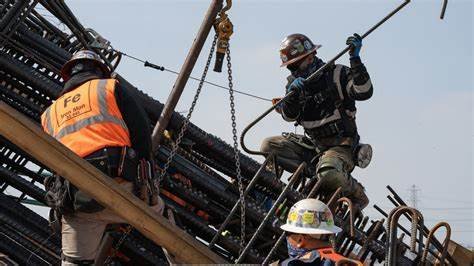
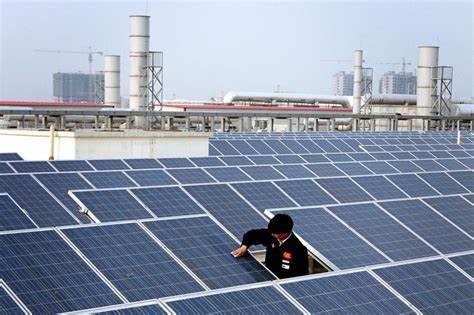
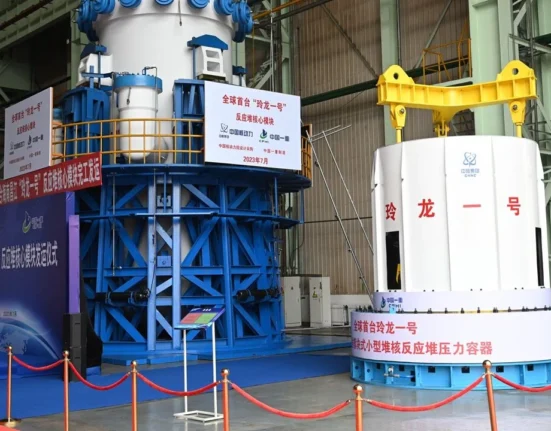
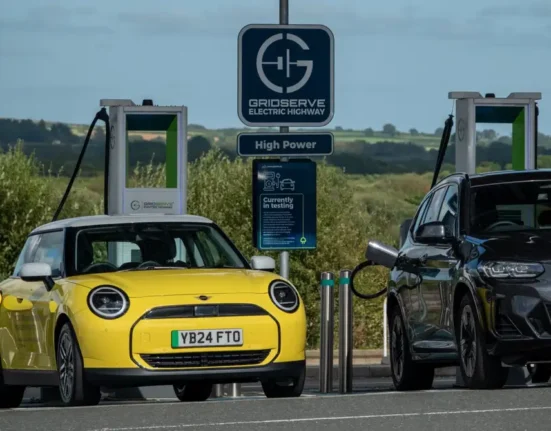
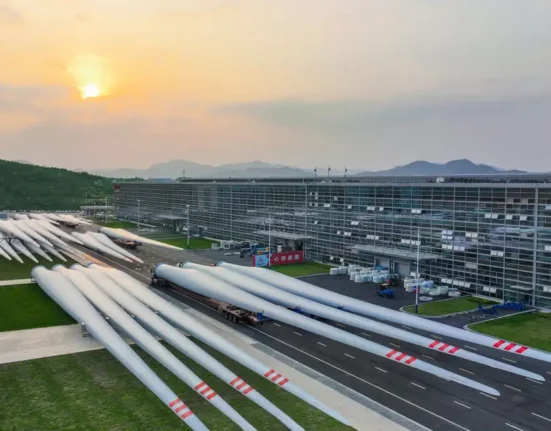
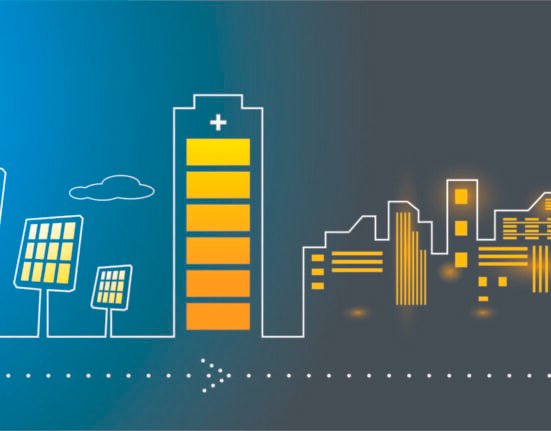
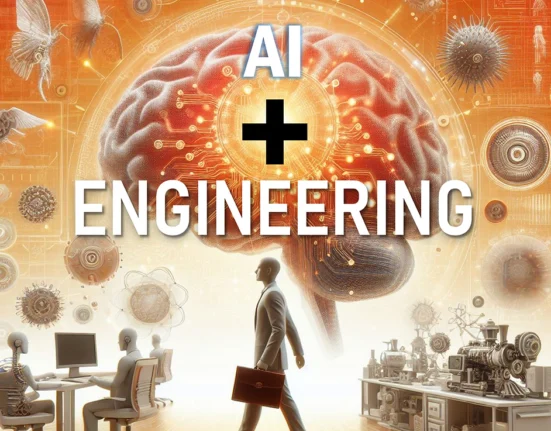
Leave feedback about this